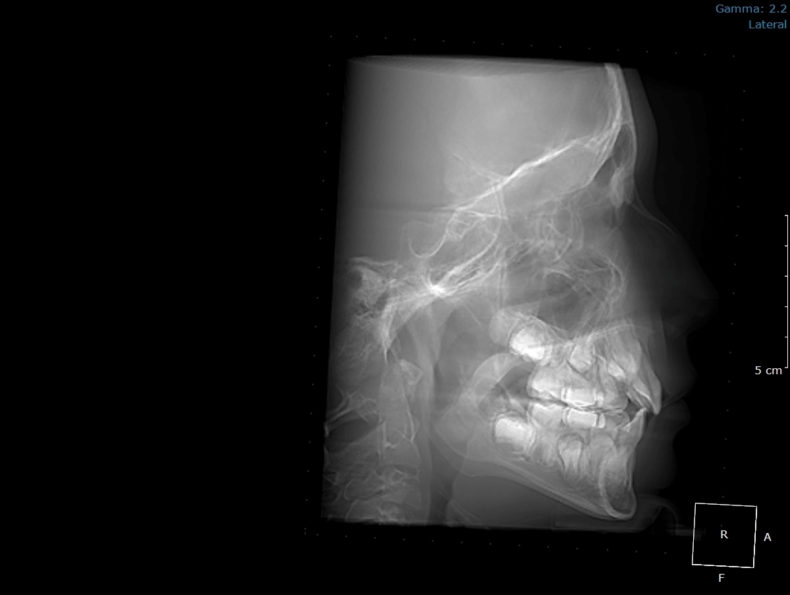
My daughter had her braces removed a couple of weeks ago. This was a big occasion for her and to mark it I told her she could have whatever heretofore verboten food she wanted. She asked for gum—her first in about two years. I handed her the pack when she came out of the orthodontist’s office and watched in horror as she stuffed four pieces into her mouth. “Thanks!” she said.
A few minutes later we pulled out of the parking lot, she shlomp-ing gum in the backseat. “What a relief, eh, bug!” I said. “How’re you doing?”
“Fine,” she said. She was looking out the window. Shlomp, shlomp.
“Your teeth feel okay?” I asked. “Kinda slimy?”
“Yeah,” she said. Shlomp, shlomp.
My parental instincts told me to stop pestering her with inane questions. Even though she is just nine, my daughter can play things close to the vest. When she was a baby I usually had a pretty good idea of what she was thinking, but maturation has proved to be something of a paradox. The older and more articulate she gets, the less I know how to interpret her gnomic hints and observations, the nuances of her thought.
The next day my wife and I met with the orthodontist on FaceTime so he could tell us how things had gone with my daughter’s teeth, how they were going, how they were about to go. This being the Modern Age, braces are done differently Than When I Was Growing Up. Orthodontia starts a lot earlier, for one thing; my daughter was in second grade when she got braces. Because of this braces now come in two rounds, so my daughter can look forward to wearing them again in two or three years, once all of her adult teeth are in.
And they are on their way in. The orthodontist tried to explain the mad scramble in which my daughter’s canines and premolars and molars are engaged as they jostle for the scant available space on her small jaw. I was having trouble visualizing it. “Here, let me show you in an x-ray,” the orthodontist said.
With a couple of keystrokes he shared his screen. Like braces, dental x-rays are another thing that has changed a lot over the years. When I was a kid, they were flat grayscale dehumanizing images; shown my own, I always had a hard time believing the row of squat, crooked fenceposts was actually my mouth. This x-ray was something else—a colorized laser-generated 3D image of my daughter’s entire skull. There was the whole of her little head that lay beneath a thin layer of skin. Her enormous eye sockets. Her cheekbones and jaw. Where her nose would be. The top portion of her spine where it joined her skull. Lots of little vessels and capillaries woven around the globe, tinged blue. And, of course, the great globe itself.
“Pretty neat, huh?” the orthodontist said, clicking here and there so that my daughter’s head spun seamlessly around, as if she were turning to look at something.
He said some other stuff about her teeth but I wasn’t really listening. I couldn’t take my eyes off the x-ray. I swear I am not exaggerating when I say it had the effect on me that great art can have, offering an utterly new way of seeing something I thought I knew. I suppose it was the totality of the image that got to me. I feel like my daughter is at a point in her development as a person where our attachment, though still strong, is starting to attenuate. There are signs of incipient tween-ness. I know this is right and proper, but it is still discomfiting. Seeing her head rendered in such fine detail offered me a window into the mechanics of her inner world, even as that world was beginning to be closed off to me.
A couple of days later I wrote to the orthodontist, asking if he would mind sending me a copy of the x-ray. I explained how fascinating I found it, how I would love to have it is a kind of memento. His office kindly forwarded me a couple of images, but neither, I was sorry to see, was the 3D image of her skull that had struck me so. One was just of her teeth in a ghoulish, skeletal grin, while the other was of her head in profile, black and white, ghostly.
I clicked on the second one and looked at it more closely. Its edges were blurred, perhaps from her slight movements. I had to grin. This image may not have been the technological marvel of the other, but it also captured something of her essence. She can be fidgety sometimes, and she must have tilted her head slightly the moment the technician pressed the button, maybe in spite of herself or maybe not. Also, there is a white seam running across her forehead, like a bolt of lightning, a little flash of thought.
A few years ago the oral surgeon took one of those amazing 3D x-ray images of my jaw. After a few minutes wherein he said things I didn’t hear and I stared slack-jawed at the images, he left the room to retrieve something. He returned 10 minutes later to find me sitting at his desk, spinning through the 3D imaging software – adjusting contrast, changing viewing angles, and generally lost in awe. My field is 3D electromagnetic imaging of the Earth so this was partly professional curiosity and partly just mind-blowing wonder.
He chuckled and handed me a CD. “Here,” he said. “I knew you’d want a copy of this.” It was the 3D x-ray data volume and a copy of the free version of the viewing software.
Yeah. That’s a good doctor.
That’s a great story, Dr. D. It is indeed a good dentist.
Agreed, a good doctor. And “slack-jawed” is right!